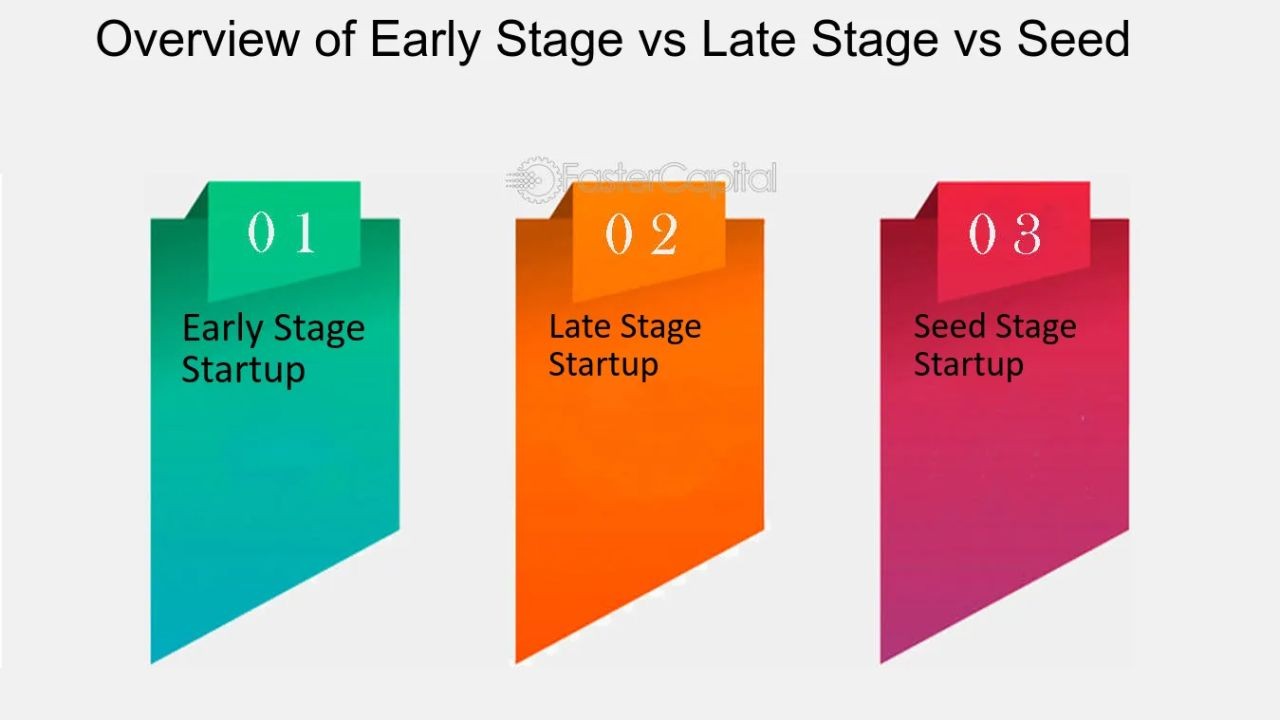Economic volatility can be a daunting challenge for small businesses, especially in New Zealand, where unique market dynamics and external shocks can impact business stability. Navigating these risks demands a nuanced understanding of the local economic landscape and strategic planning tailored to New Zealand's business environment. This article delves into how small businesses in New Zealand can effectively manage economic risks, drawing insights from local data and expert analysis.
Understanding New Zealand's Economic Landscape
New Zealand's economy, characterized by its reliance on export-driven industries such as agriculture, tourism, and technology, is susceptible to global market fluctuations. According to Stats NZ, the agricultural sector contributes about 5% to the national GDP, making it a critical component of economic stability. However, this reliance means that external factors like trade agreements or global price changes can have significant repercussions.
The Reserve Bank of New Zealand (RBNZ) plays a crucial role in maintaining economic stability through monetary policy. Its decisions on interest rates and inflation control are vital for businesses to watch, as they influence borrowing costs and consumer spending. For instance, the recent adjustments in the Official Cash Rate (OCR) have been pivotal in shaping business financing strategies.
Case Study: Adaptive Strategies in the Agricultural Sector
Case Study: Kiwi Farms – Navigating Global Price Volatility
Problem: Kiwi Farms, a mid-sized agricultural business in Canterbury, faced challenges due to fluctuating global dairy prices. This volatility threatened their revenue stability and ability to plan for the future.
Action: To mitigate these risks, Kiwi Farms diversified their product offerings beyond traditional dairy, venturing into organic produce and value-added products. They also invested in advanced supply chain management tools to optimize logistics and reduce costs.
Result: Within a year, Kiwi Farms saw a 25% increase in revenue and a 15% reduction in operating costs. This diversification strategy not only stabilized their income but also positioned them as a resilient player in the agricultural sector.
Takeaway: Diversification and technology adoption are key strategies for managing economic risks in export-dependent sectors. New Zealand businesses can learn from Kiwi Farms by exploring new markets and leveraging technology to enhance efficiency and resilience.
Pros and Cons of Economic Risk Strategies
✅ Pros:
- Increased Resilience: Diversification and strategic planning can protect businesses from sector-specific downturns.
- Competitive Advantage: Adopting innovative technologies can streamline operations and reduce costs.
- Long-Term Stability: Strategic investments in diverse markets ensure steady revenue streams.
❌ Cons:
- Initial Investment Costs: Diversification and technology adoption require significant upfront investment.
- Complexity in Management: Expanding product lines or markets can complicate operations and require new expertise.
- Market Risks: Entering new markets can expose businesses to unfamiliar economic and regulatory environments.
Debunking Common Myths in Risk Management
Misconceptions can hinder effective risk management. Here are some myths and realities:
Myth: "Diversification is too risky for small businesses."
Reality: Properly executed diversification can reduce risk by spreading exposure across different markets. According to a report by MBIE, diversified businesses have a 30% lower risk of failure.
Myth: "Only large businesses can afford advanced technology."
Reality: Many affordable technology solutions are available for small businesses, enabling them to enhance efficiency and competitiveness.
Future Trends and Predictions
Looking ahead, New Zealand's small businesses must prepare for evolving market dynamics. By 2026, New Zealand is expected to see significant growth in the technology sector, driven by government initiatives to foster innovation and digital transformation. This presents opportunities for small businesses to integrate digital tools into their operations, enhancing their resilience against economic fluctuations.
Moreover, sustainability will increasingly influence business strategies. The New Zealand government's commitment to achieving net-zero emissions by 2050 will prompt businesses to adopt eco-friendly practices, which can also serve as a hedge against regulatory risks and market shifts.
Conclusion: Navigating Economic Risks with Strategic Insight
In conclusion, managing economic risks in New Zealand requires a strategic approach that combines diversification, technological adoption, and an understanding of local economic conditions. Small businesses can thrive by staying informed about market trends, leveraging available resources, and adopting innovative strategies to mitigate risks. As the economic landscape evolves, those who adapt will not only survive but also capitalize on emerging opportunities.
What strategies are you implementing to manage economic risks in your business? Share your thoughts and insights below!
People Also Ask
How does economic volatility impact small businesses in New Zealand?
Economic volatility can affect small businesses by increasing costs and reducing consumer spending. However, strategic planning and diversification can mitigate these impacts.
What are the biggest misconceptions about managing economic risks?
A common myth is that only large businesses can afford risk management strategies. In reality, small businesses can leverage affordable technologies and diversification to manage risks effectively.
Related Search Queries
- Economic risk management for small businesses
- New Zealand business strategies
- Impact of global market changes on NZ businesses
- Diversification strategies for SMEs
- Technology adoption in New Zealand






























